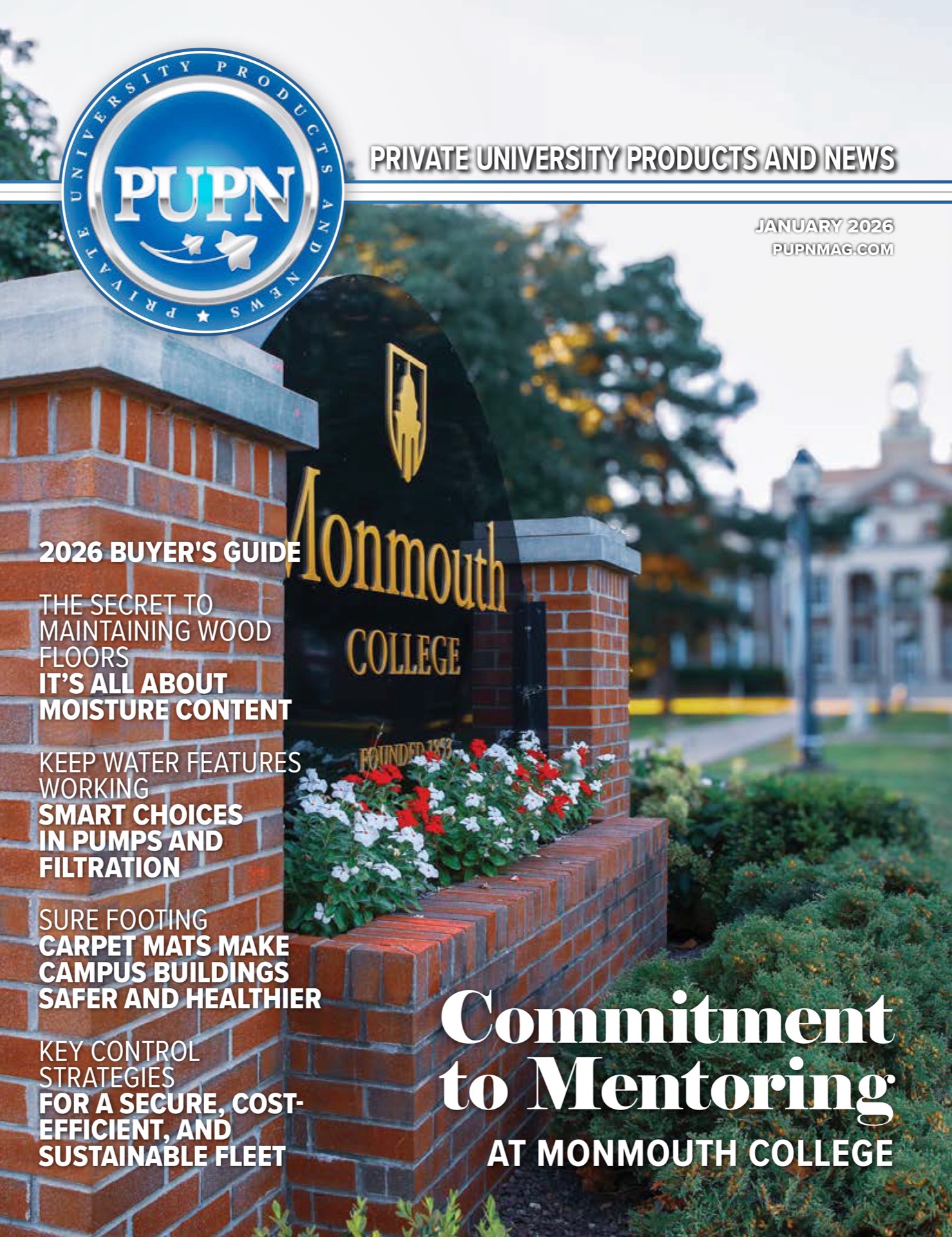An auditorium is much more than a performance space; it is a dynamic environment where students refine their craft, experience the exhilaration of live performance, and engage with diverse audiences. For performing arts programs, an auditorium serves as a versatile venue for theater productions, musical performances, dance recitals, lectures, and community events. The quality of this space directly influences the caliber of performing-arts education and the overall student experience.
Modern auditoriums are at the forefront of architectural and technological innovation, with design trends focusing on acoustics, flexibility, technology integration, and sustainability.
Superior acoustics are paramount in performing arts, ensuring clarity and richness of sound for both performers and audiences. The use of advanced materials and digital acoustics technology allows for adjustable acoustical settings tailored to different types of performances. Variable acoustic systems, such as movable panels and curtains, enable customization of sound quality.
Performing arts programs benefit from flexible and multifunctional spaces that can adapt to various performance types and audience sizes. Flexible seating arrangements, retractable seating, and modular stage designs allow spaces to be reconfigured quickly and efficiently. This versatility maximizes the utility of the auditorium, accommodating a range of activities from small rehearsals to full-scale productions.
Cutting-edge technology enhances performance quality and audience engagement. Modern auditoriums incorporate sophisticated lighting and sound systems, digital projection capabilities, and immersive audio-visual technologies. Additionally, augmented reality (AR) and virtual reality (VR) are being explored to create unique, interactive experiences.
At the same time, sustainable design reduces environmental impact and operational costs, aligning with the growing emphasis on environmental stewardship. Eco-friendly materials, energy-efficient lighting and HVAC systems, and LEED-certified design principles are increasingly prevalent. Green roofs, solar panels, and rainwater harvesting systems are also being integrated into auditorium designs.
Case Studies: Upgraded Performing Arts Facilities
Several private colleges have recognized the value of upgrading their performing arts auditoriums, reaping significant benefits in terms of student recruitment, program enhancement, and institutional reputation.
Oberlin College (Oberlin, Ohio)
Oberlin College’s renovation of Hall Auditorium into a modern performing arts center has revitalized its theater and dance programs. The upgraded facility boasts advanced acoustics, flexible seating, and cutting-edge lighting and sound systems. This investment has not only improved educational experiences but also attracted a higher caliber of prospective students. According to Oberlin’s admissions office, the number of applicants to its performing arts programs has increased by 20% since the renovation, underscoring the importance of high-quality facilities in recruiting top talent.
University of Southern California (Los Angeles, California)
The University of Southern California (USC) dramatically transformed its Bing Theatre, integrating advanced technology and sustainable design. The new auditorium features adjustable acoustics, state-of-the-art AV systems, and energy-efficient infrastructure. This overhaul has bolstered USC’s reputation as a premier destination for performing arts education. As a result, the university has seen a marked increase in its national rankings and a surge in applications to its School of Dramatic Arts, with a 15 percent rise in enrollment over three years.
Elon University (Elon, North Carolina)
Elon University’s Scott Studios have set a new standard for performing arts facilities with their comprehensive upgrade. The new design includes modular stages, VR-enhanced performance spaces, and green building practices. This modernized venue has not only enhanced the educational experience for current students but also made Elon a more attractive choice for prospective students. The university reports a significant increase in visits to its performing arts department, contributing to a 10 percent growth in applications.
Benefits of Upgraded Auditoriums
The advantages of investing in state-of-the-art auditoriums extend beyond the immediate educational environment. These benefits encompass student recruitment, academic performance, community engagement, and institutional prestige.
1. Enhanced Student Recruitment
High-quality facilities signal an institution’s commitment to excellence, making it appealing to prospective students. As seen with Oberlin College, upgraded auditoriums significantly boost application rates and attract top-performing arts talent.
2. Improved Academic Performance
Modern auditoriums provide students with the tools and environments they need to excel. Superior acoustics, flexible spaces, and advanced technology enhance the learning experience, enabling students to perform at their best.
3. Increased Community Engagement
State-of-the-art auditoriums serve as cultural hubs, drawing audiences from the broader community. This engagement fosters a supportive environment for students and strengthens the institution’s ties to the community. Events held in these venues can raise the profile of the college and attract additional funding and support.
4. Elevated Institutional Prestige
Cutting-edge performing arts facilities enhance an institution’s reputation, positioning it as a leader in arts education. This prestige can lead to higher national rankings, increased media attention, and greater overall visibility. The upgrades at USC and Elon University exemplify how enhanced facilities can elevate an institution’s standing.
For private colleges and universities, the auditorium is a cornerstone of the performing arts program, crucial for nurturing talent and fostering artistic innovation. By embracing modern trends in design and construction, institutions can create dynamic, versatile, and sustainable spaces that meet the evolving needs of students and faculty. The tangible benefits—ranging from improved recruitment and academic performance to greater community engagement and elevated institutional prestige—underscore the importance of investing in these essential facilities. As the landscape of higher education becomes increasingly competitive, those institutions that prioritize the enhancement of their performing arts auditoriums will be well-positioned to attract and retain the best and brightest talent, securing their place at the forefront of performing arts education.










